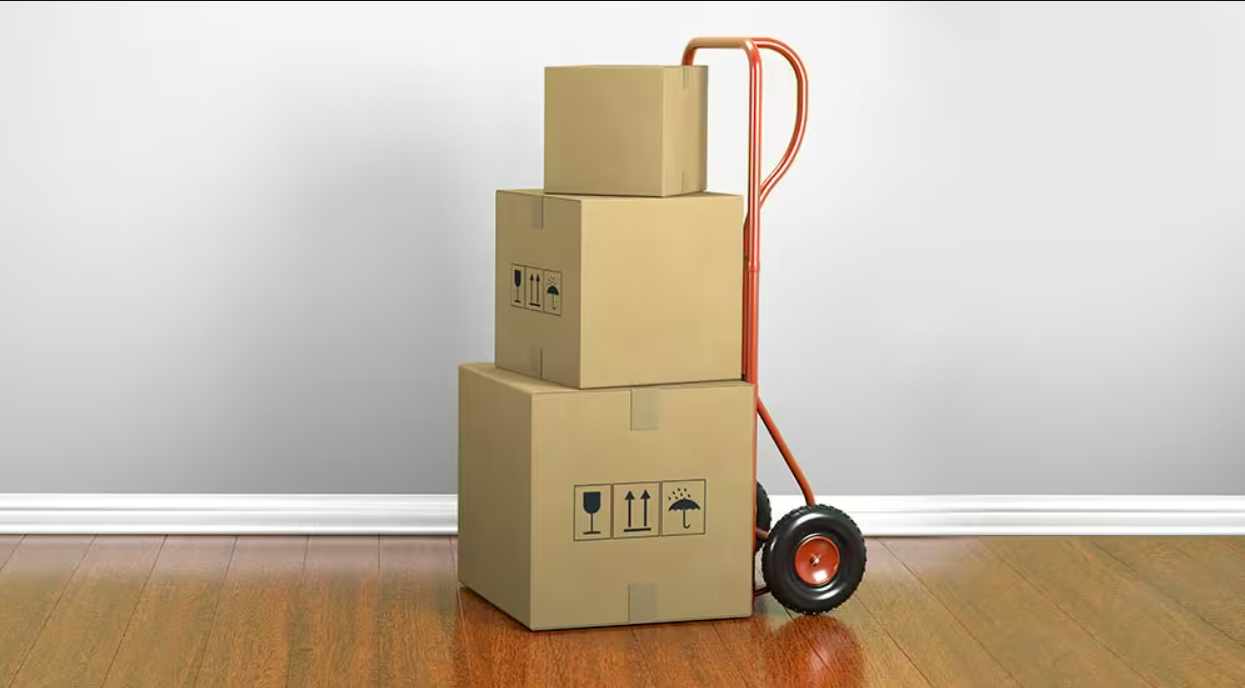Moving workout equipment, such as weights, requires special care because they’re heavy, awkward to handle, and can cause damage if not packed properly. Whether you’re relocating your home gym across town or working with excellent movers in Dallas for a long-distance move, knowing how to pack weights safely protects both your equipment and prevents injuries. This guide walks you through the entire process, from gathering the right materials to loading boxes safely and securely. With the right approach, you can move your weights without scratching floors, damaging other items, or hurting your back.
Gather Necessary Packing Supplies
Get all your packing materials ready before you start handling heavy weights. You’ll need strong moving boxes in various sizes. Small boxes are best suited for heavy items, such as weights, as they’re easier to carry. Bubble wrap or thick packing paper protects weights from scratching each other and other items. Good packing tape keeps boxes closed tight under heavy loads. Permanent markers help you label boxes clearly so everyone knows they’re heavy. A dolly or hand truck makes moving heavy boxes much safer and easier on your back. Having everything ready before you start saves time and prevents you from struggling with heavy items while looking for supplies.
Sort and Organize Weights
Start by grouping your weights by type and size to make packing easier and safer. Group the dumbbells together, the barbells in another group, and the weight plates separately. This helps you determine the correct box size and the amount of packing material needed. Make a simple list of what weights you have so nothing gets lost during the move. Plan to pack the heaviest weights in the bottom of boxes and lighter items on top – this keeps boxes stable and prevents crushing. Write down which weights correspond to which box so you can easily locate specific items when unpacking. Good organization now makes the whole packing process go much smoother.
Wrap and Protect Fragile Items
Even though weights are tough, they can still get scratched or chip other items if they bump into each other. Wrap each weight separately with bubble wrap or thick packing paper to prevent them from banging into each other. Tape the wrapping in place so it doesn’t come loose while you’re moving boxes around. For weights with special coatings or rubber grips, use extra padding to maintain their condition. Place wrapped weights in boxes with soft padding, such as packing peanuts or foam, to fill any empty spaces. Ensure weights fit snugly in boxes to prevent them from sliding around. Mark these boxes as “HEAVY” and “FRAGILE” so movers know to handle them with extra care.
Pack Weights Strategically in Boxes
Smart packing keeps your weights safe and makes boxes easier to handle. Here are three key tips:
- Heavier items at the bottom: Put the heaviest weights on the bottom of each box to create a stable base and prevent the box from tipping over when you carry it.
- Fill empty spaces: Use bubble wrap, packing paper, or foam peanuts to fill any gaps in the box. This prevents weights from sliding around and colliding with each other during transport.
- Even weight distribution: Spread weights evenly throughout the box rather than concentrating all the heavy items on one side. This makes boxes easier to lift and carry safely.
Don’t pack boxes too heavy – you should still be able to lift them without straining your back.
Label and Secure Boxes for Transport
Clear labels and strong tape keep your weights safe and help movers handle boxes properly. Use a permanent marker to write what’s inside each box and which room it goes to in your new home. Write “HEAVYWEIGHTS” in big letters on the top and sides so everyone can see it. Include the approximate weight if the box is especially heavy. Close boxes securely with high-quality packing tape – cheap tape can break under heavy loads. Tape the bottom seams first, then add an extra strip across the middle for strength. Seal the top the same way to create a strong, secure box. Good labeling and taping prevent accidents and make unpacking much easier.
Other Related Articles:

